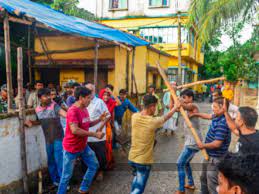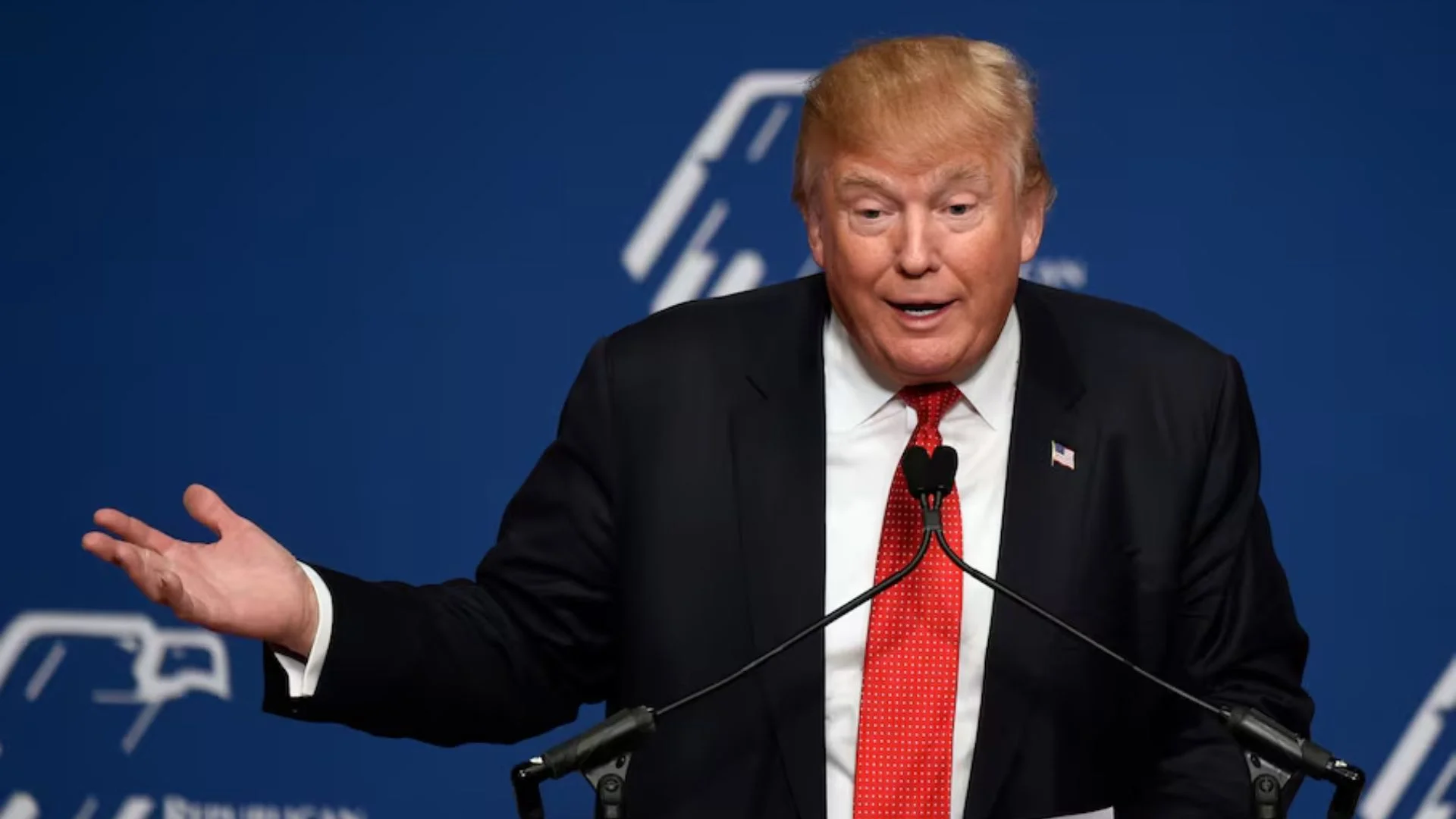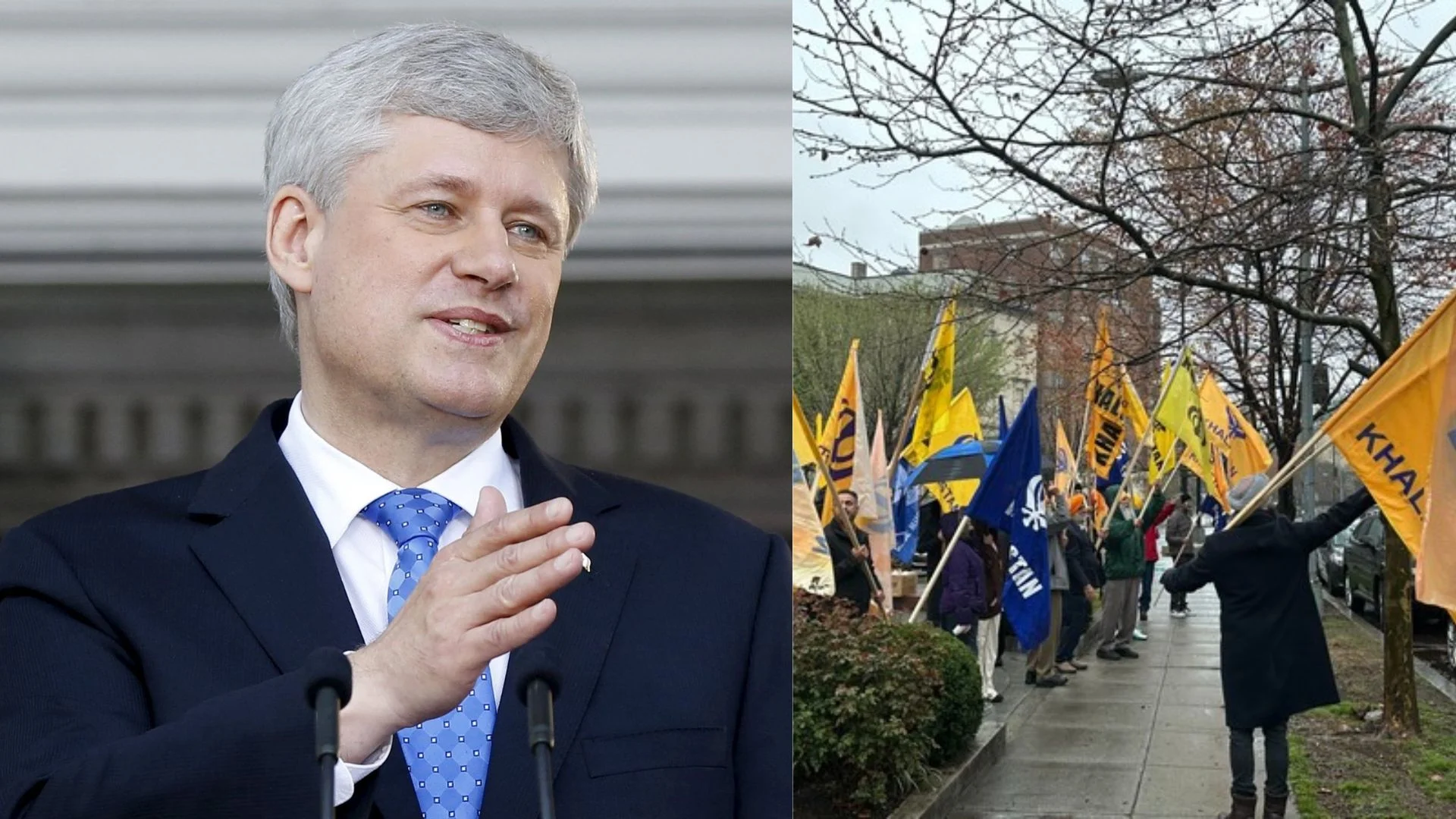
What’s wrong with West Bengal? It’s difficult to believe that in the 21st century there can be an Indian state where every election process is like an exercise in medieval barbarity. The rampant booth capturing, intimidation, violence, murders—the brazenness with the way it happens, and the blood curdling brutality of it all is astounding. If there is any muzzling of democracy in India, it’s happening in West Bengal—in the violent heart of rural Bengal, behind its calm and green façade. At a time when India’s electoral process is a shining example in the world, what ails Bengal? To say political violence is in Bengal’s DNA amounts to both justifying and normalising it. If it’s in Bengal’s DNA, it’s a very corrupt DNA. These are not stray incidents of violence and cruelty that sometimes make news in a country as vast as India. Instead, it is a savage stream, simmering underground, exploding to the surface time and again, and then with full force during elections. The outcome is mayhem and bloodbath. Even the introduction of EVMs and Central forces has not been able to stop this. The intimidation happens even before people step out to vote. Village after village is asked to stay indoors. And if they dare to vote against a particular party, post-election violence takes a maniacal tinge, with villages burnt, political workers bludgeoned to death and people driven out of their homes to neighbouring states like refugees, just the way it happened post the declaration of Assembly election results of 2021. When Bengal burns, it burns with such ferocity that it should put every civilised person to shame. But sadly, life goes on in the finer echelons of Kolkata, with the macabre dance of death taking place just outside the limits of the city, barely stirring any emotions, busy as the “liberal” crowd is, lamenting India’s “loss of secular character”. In fact, even some local/regional representatives of the fourth pillar of democracy are more interested in discovering bogeys in distant Uttar Pradesh and Gujarat than looking at what’s happening inside 20 km of their place of operation. No wonder all is well in the great state of Bengal—the land of Tagore and Vivekananda, the repository of art, culture and civilisation.
Thank God the dead cannot speak.
But the scars remain—lifelong. As the state slides into political anarchy, and “cut money” and cash tumble out of hidden closets, Bengal sinks into despair. There is no industry; there is no job; there are no young people. The young have fled the state, searching for better opportunities elsewhere. Those who could not leave are out on the streets protesting, wondering why they did not get the job they qualified for, why those who could not clear their exams got their job. But for some rigorous judicial scrutiny, their grievances would not have been heard. Things have come to such a pass, it’s as if only the judiciary which is resisting Bengal’s descent into the abyss. The political Opposition does not exist. There is anger on the ground, but not enough leaders to voice that anger. Without a strong grassroots movement, the BJP or the Congress and the Left, cannot hope to take on the ruling Trinamool Congress. But the movement by the Opposition is at best patchy, at worst, non existent. Then there are allegations of a number of Opposition leaders in the state being co-opted by the ruling party. As for the people in general, they decided to give “one chance” to the Left—one chance that stretched to 35 years. And now, cut off from mainstream India, and existing in some sort of an information vacuum about the rest of the country, the majority of the people seem to have accepted their lot. If the Left survived for 35 years, how long will the Trinamool continue? No one has the answer, but it’s likely to be a long time. Bengal’s fear for the unknown is taking precedence over its despair.
The BJP too is not able to connect with the ground, often using an “alien” rhetoric, where every mistake made by the party is amplified to such a great extent at the grassroots that it comes across as a threat to the local culture. In fact the BJP should ensure that it is seen as more serious about the state. People are asking why the Central forces were so inadequate on election day and made a full-fledged appearance only on the day of repolling.
When the Opposition is “non-existent”, it is all the more important for the ruler to rule with mercy. When the ruler has complete sway, why do the foot soldiers feel the need to enforce dominance? Shouldn’t the gratitude of the voters be reflected on the ballot boxes automatically? Or is something stirring in the verdant land of Bengal that is making the ruling brotherhood uneasy? Only time will tell.















